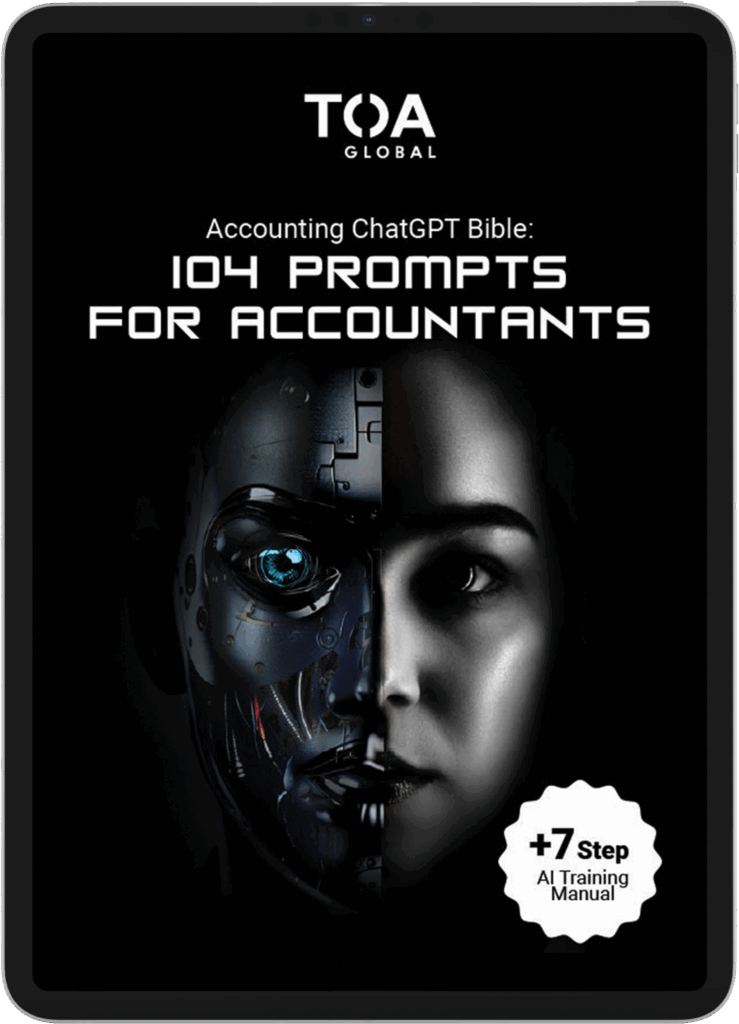There’s no season like tax season. Receipts and records. Financial statements that make you sigh. The sigh, a statement in itself.
But what if that overwhelm could be transformed? What if those mounds of paperwork could be navigated with precision, speed, and—dare we say—a semblance of calm?
That’s what automating tax preparation workflow is all about.
While it doesn’t eliminate the complexity of tax obligations (authorities would still want their due diligence), automation streamlines your tax preparation practice, transforming your workflow and client relationships for the better.
What is a Tax Preparation Workflow?
A tax preparation workflow is the structured process of collecting, organizing, analyzing, and filing tax returns for clients. By following this workflow, tax professionals prepare accurate and compliant returns within designated due dates.

Key Steps in a Tax Preparation Workflow
Client Onboarding and Information Gathering
Document Collection and Organization
After onboarding, tax practitioners organize a potentially chaotic stack of financial documents into manageable records. They gather income documentation alongside expense receipts and deduction documents.
Ultimately, this step is about creating a comprehensive paper trail of a year’s toil.
Data Entry and Processing
Tax Return Preparation
Upon processing data, tax practitioners focus on creating the actual tax return, selecting relevant forms and schedules based on the client’s financial situation. They also identify applicable deductions and credits to minimize tax liabilities.
This process can be done digitally through tax preparation software. However, practitioners may also opt to calculate their clients’ taxable income themselves.
Review and Quality Control
Client Review and Approval
Filing and Submission
The final stage of the tax preparation workflow. Using secure digital platforms or mail, tax departments transmit approved tax returns to tax authorities by the deadline. They manage e-signatures, track filing confirmations, and maintain digital archives of all supporting tax documents for future reference.
Automating Your Tax Workflow Management
The tax function traditionally suffers from time-consuming, error-prone manual tasks. Given the seasonal nature of tax work, these tasks constrain service capacity and drive up overtime during peak months.
It’s no surprise, then, that tax and accounting firms would spend the last two years prioritizing operational efficiency, as reported by the Thomson Reuters Institute.
Compounded by the ongoing talent shortage and increasing workload due to evolving regulations, firms are pressed to find efficient means of delivering compliant, quality service.
The Benefits of Tax Workflow Automation

Time and Cost Savings
Manual processes cost time, money, and a whole lot of energy. Tax automation streamlines these processes to conserve all three, allowing firms to focus on more value-added services.
A Wolters Kluwer’s industry survey found that 62% of firms gained more time for core activities through technology. Firms with highly integrated solutions also reported 10% higher revenue growth than those with less integration.
Error Reduction
Even the most meticulous tax professional makes mistakes when manually processing hundreds of financial data. Automation helps avoid errors by eliminating manual data entry and implementing validation checks at every step.
Enhanced Compliance
It can be challenging to keep track of tax regulations when it feels like they evolve faster than you can down your coffee. Tax automation simplifies this challenge by maintaining real-time updates to tax rules and flagging potential issues before they become headaches.
Improved Client Experience
Faster turnaround times and fewer errors per return lead to greater client satisfaction. It’s also a plus that tax automation software often includes secure analytics features, enabling tax firms to provide insights into a client’s financial health and opportunities.
Core Components of Tax Preparation Automation

Document Collection and Management
Document collection systems organize and process incoming client documents, ensuring high data quality. They read and categorize documents through a secure platform with optical character recognition (OCR) technology, extracting necessary information like tax ID and income amounts without manual data entry.
Each document is tracked with an audit trail that logs access history, changes, and timestamps. These logs can be a reference for resolving potential questions or discrepancies.
Additionally, integrated retention policies automatically archive or delete documents according to regulatory requirements.
Data Processing and Validation
Data processing applies rule-based validations aligned with current tax laws.
When processing a client’s investment income or sales tax records, for example, the system cross-references multiple documents to flag discrepancies, such as missing cost basis or inconsistent dividend reporting.
The tax software also builds a profile of clients’ financial patterns over time. This means it can detect unusual variations that signal either data errors or changes that warrant discussion.
Workflow Management
Tax workflow software tracks each tax return through its entire lifecycle. The system creates tasks, assigns them to team members based on their expertise, and sets deadlines. Automated reminders and escalations ensure these timelines are met.
Completed returns are then routed to reviewers based on complexity levels, with review notes and edits documented for transparency.
Electronic Filing
The workflow software helps tax practitioners conduct checks to ensure accuracy before submission. These include confirming designated schedules and e-filing requirements from different tax authorities.
The system manages digital signature collection through automated reminders. After filing, it tracks acknowledgment receipts, updates client records, and triggers appropriate follow-ups.

Steps to Implement Tax Workflow Automation
1. Assess Your Current Process
How does work actually flow through your practice? How much time does your tax team spend on a specific task? What tasks do they perform repetitively? How does your current tax software support this workload?
These questions are great starting points for a deep dive into your existing tax preparation process.
2. Choose Your Technology Stack
Your tech stack can make or break your tax practice. When evaluating automation tools, look for those that integrate these components:
- Central tax preparation platform
- Document management system with OCR capabilities
- Client portal
- Workflow management system
Beyond features, assess vendors’ practices regarding security and customer support. Consider also your firm’s size and budget constraints.
The right tools should feel like an extension of your team, not an added unnecessary complexity.
Related Reading : Accounting Firm Tech Stack Guide: Tools for a Cohesive Tech Ecosystem
3. Design Your Automated Workflow
Map out a process flow with automated handoffs, defined review points, and clear triggers for human intervention.
Be sure to document your new workflow, outlining file and folder naming conventions, security access for team members, and communication guidelines for internal teams and clients.
Pay careful attention to transition points between different systems, ensuring smooth flow and maintaining data integrity throughout the process.
4. Implementation and Testing
With a phased implementation approach, you can minimize disruption to your existing workflows. Launch a pilot program involving a small group of clients and your most experienced tax practitioners. This controlled environment will allow you to identify and resolve potential challenges before a full-scale rollout.
To ensure confidence and competence, develop comprehensive training that goes beyond the technical. Collect feedback during these sessions so you have a reference when refining your process. And use these insights to create a detailed rollout plan with contingency procedures.
Bonus: Tap Global Talent through Offshoring
To accelerate your tax automation journey, consider tapping offshore tax preparation specialists. These global talents are typically already familiar with the latest tax preparation software and workflow best practices.
In other words, you’ll be tapping a workforce trained for a tech-driven tax preparation process.
To maximize your investment in automation, partner with an outsourcing provider that offers both skilled professionals and strategic support. At TOA Global, we provide experienced tax professionals who not only understand the tools you use but also bring structured processes and global insights to help streamline your compliance workflows.
With TOA Global, you gain more than offshore support—you gain a scalable talent solution built to grow with your firm.
Tax Compliance Beyond Spreadsheets
While spreadsheets have served accounting professionals well as their go-to data management tool, their limitations in the face of an evolving tax landscape are increasingly apparent.
Automation, in this case, is not just a technological update—it’s a strategic approach to the tax function borne out of the convergence of people, data, and technology.
Where tax season once meant sighs of resignation, automation offers sighs of relief. It doesn’t eliminate the complexity, but it sure makes it more manageable.
Ready to transform your tax preparation workflow? Our roster of offshore accountants at TOA Global includes tax preparation specialists who can drive greater efficiency in your tax department.
Experience our expertise firsthand. Talk to us today.




















